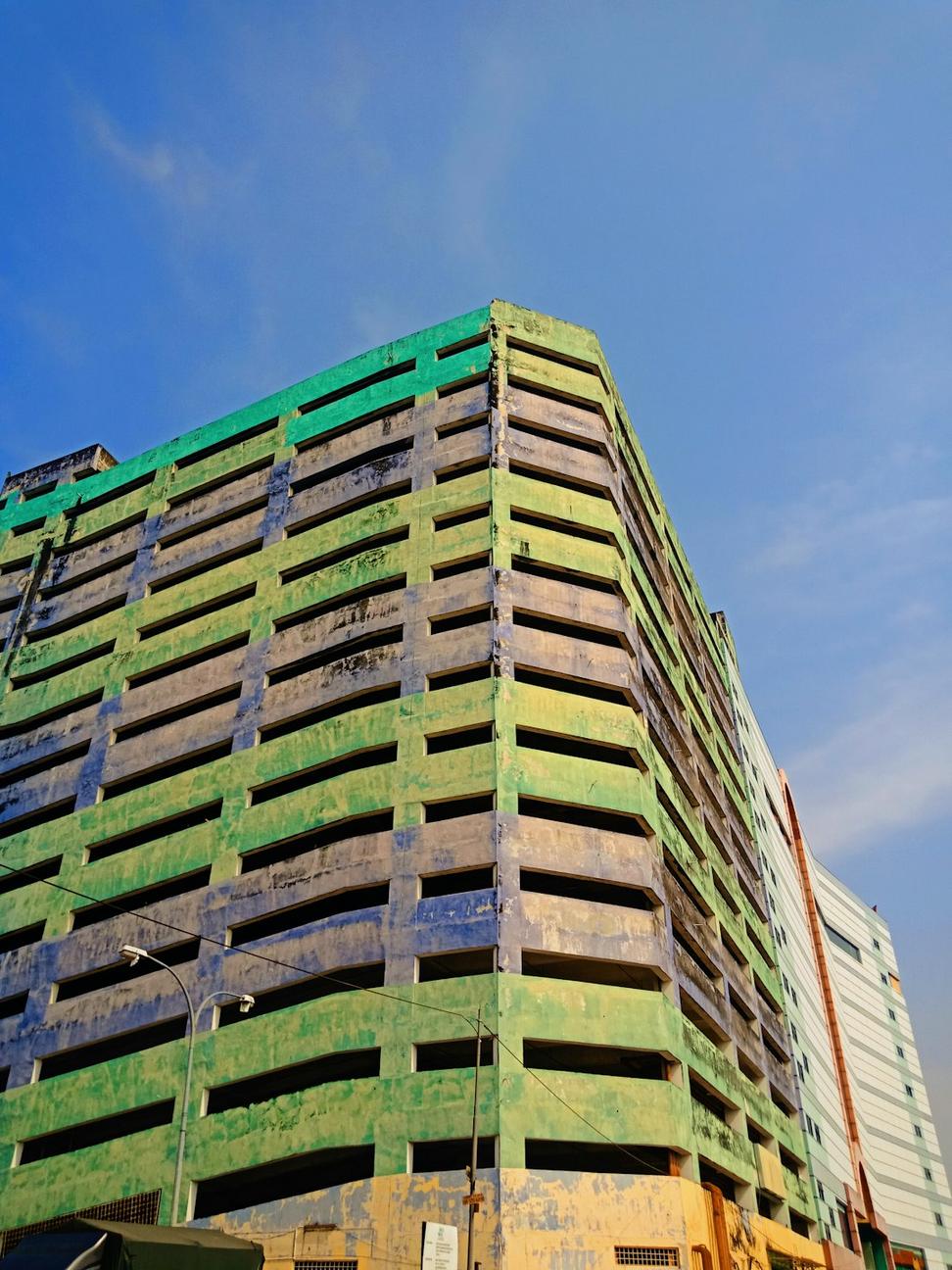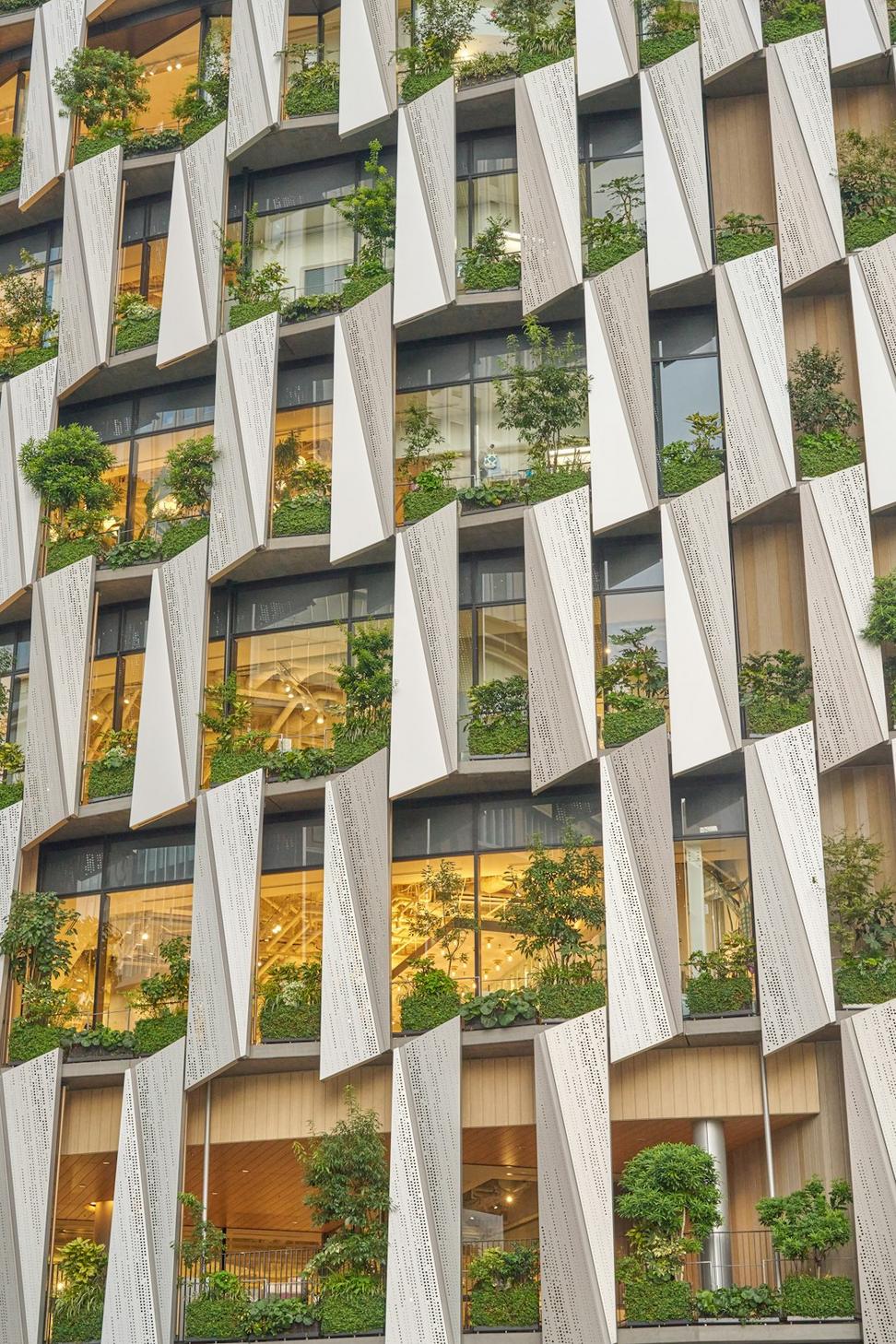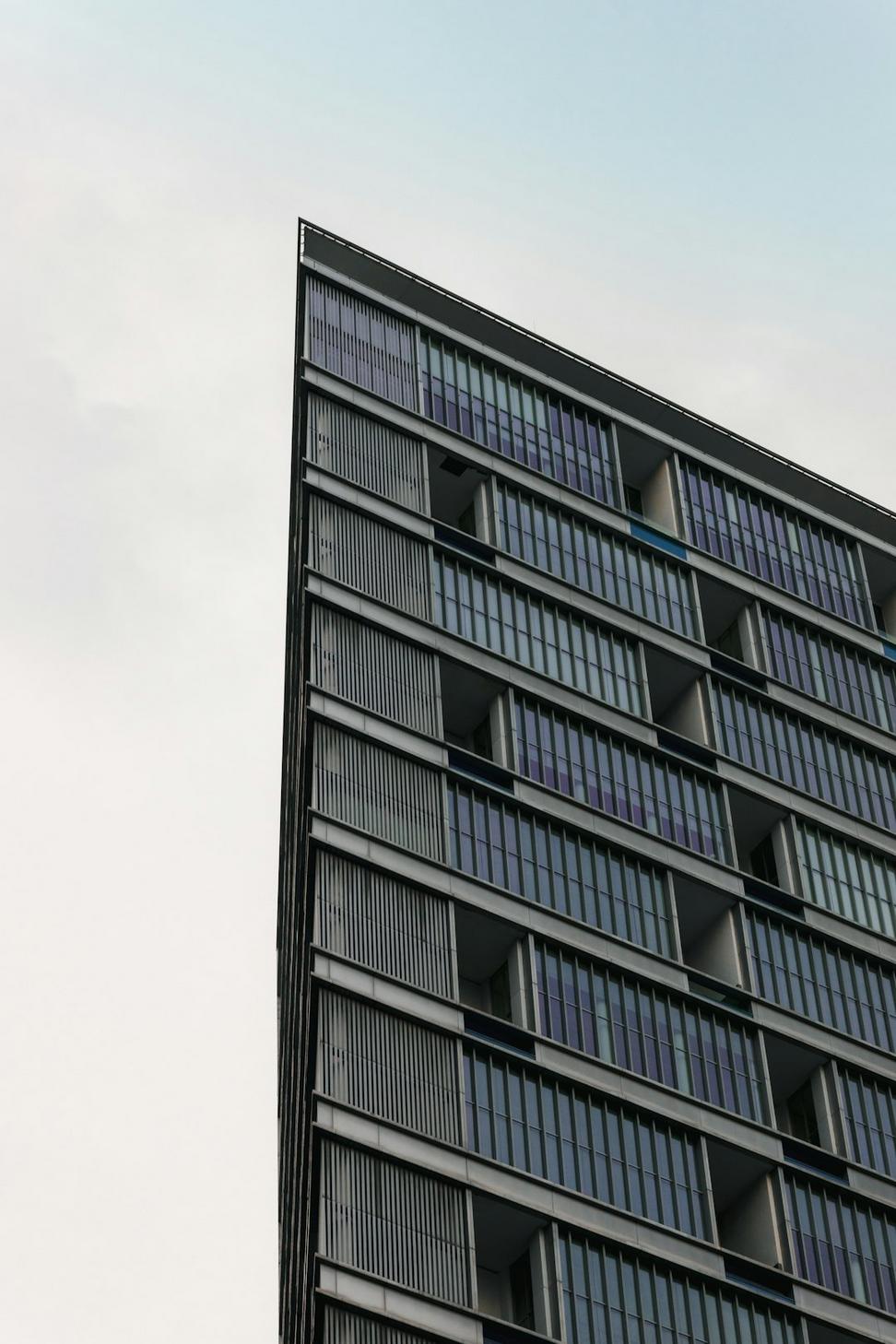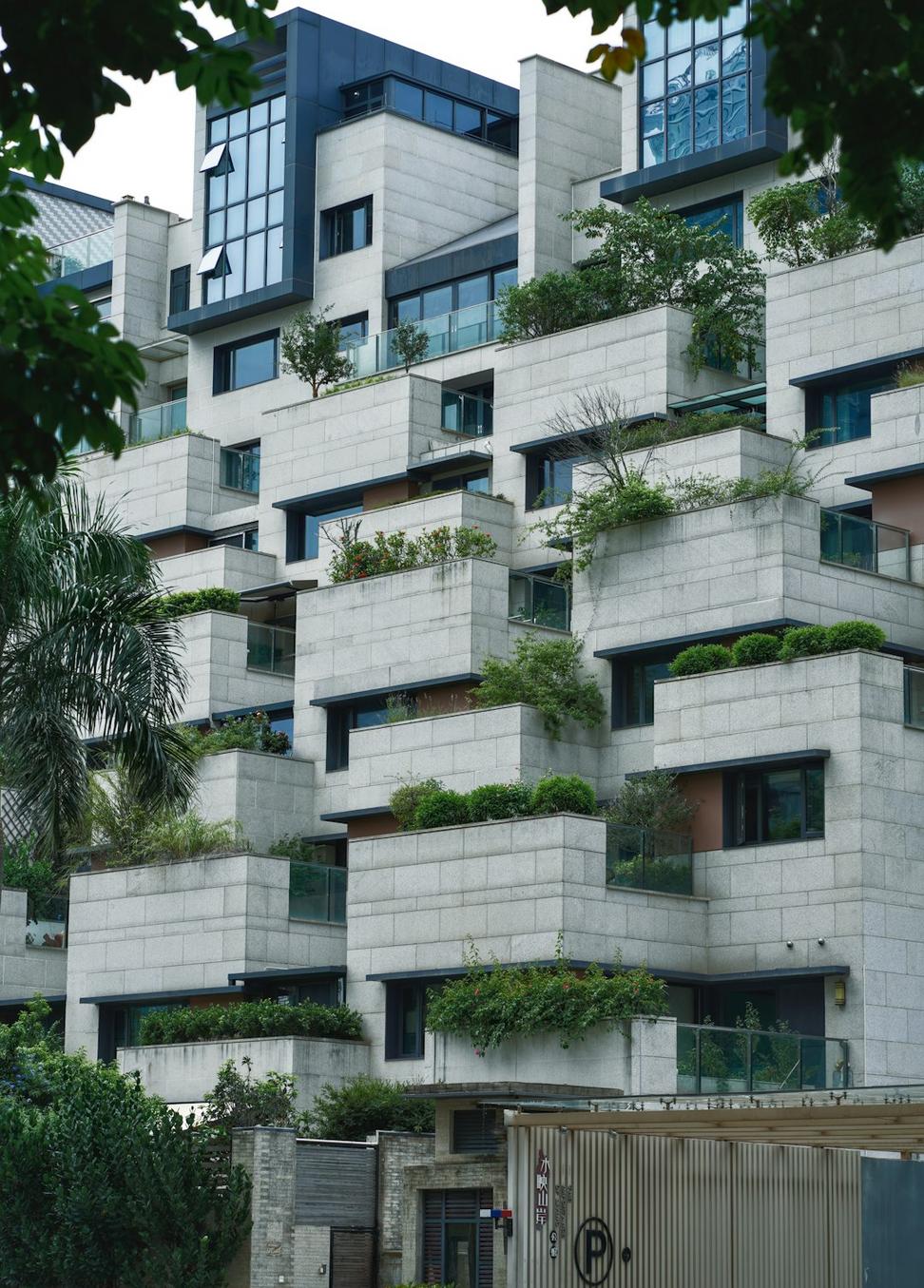
Why We're Kinda Obsessed With This Stuff
Here's the thing - we started focusing on sustainable design back in 2008, not because it was trendy (it wasn't really), but because we couldn't ignore what was happening to our environment. Vancouver's already dealing with climate change effects, and we figured our buildings should be part of the solution, not the problem.
Every project that leaves our studio in Suite 402 has been through our sustainability filter. That means we're thinking about energy use, material sourcing, water management, and how the building'll perform 20, 30, even 50 years down the line. It's more work upfront, yeah, but it's the right kind of work.
We're not perfect - nobody is. But we're constantly learning, adapting, and pushing ourselves to do better with each design.


